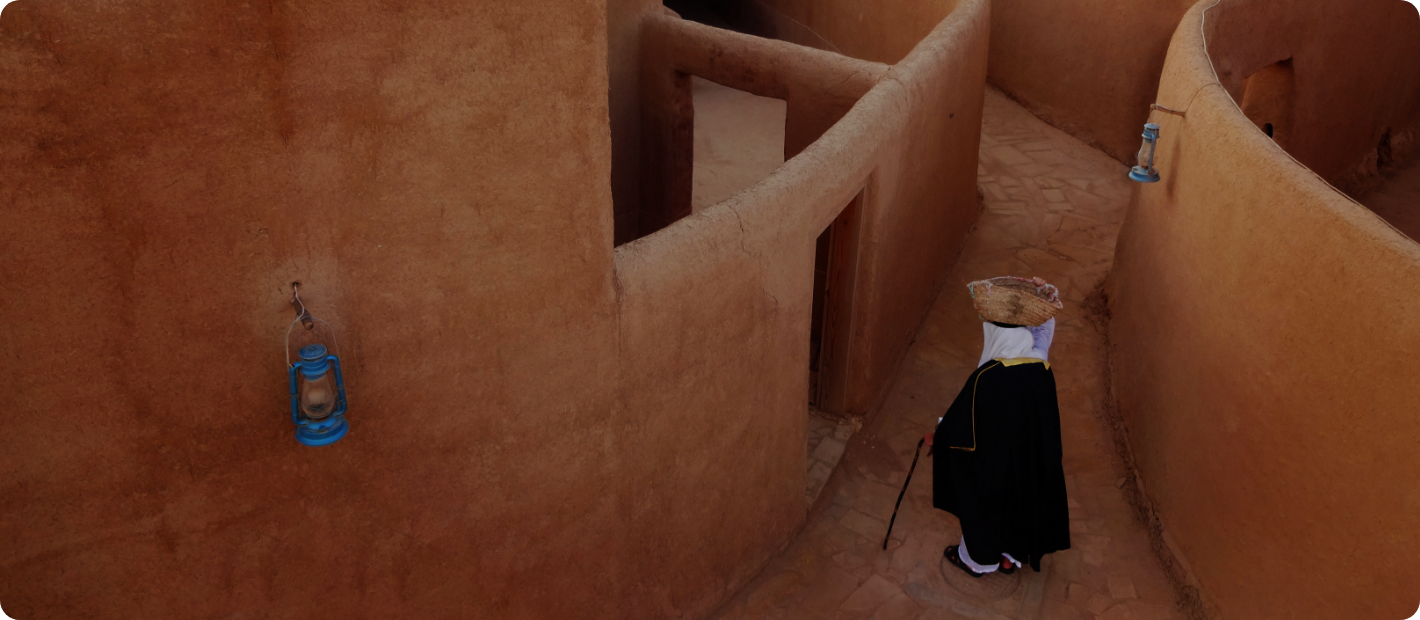
The Kingdom of Saudi Arabia has a rich culture shaped by the diversity of its people, which has formed the basis of the cultural identity of the Kingdom. With over 34 million inhabitants, the Kingdom has 13 regions all united by the Arabic language, but each with a unique: dialect, traditions, heritage, and culinary identity.
The Kingdom has four official yearly celebrations; two Islamic celebrations, Eid al-Fitr and Eid al-Adha, Founding Day (February 22) and Saudi National Day (September 23).
The people of Saudi Arabia embrace many social values influenced by their Islamic values which preserve the Kingdom’s ancient customs and traditions. These values include: generosity, courage, hospitality, and maintaining strong family relationships.

Each region in the Kingdom has its own cultural identity. Therefore, each region has its own musical style and traditional tales that are reimagined in the stories told in movies and at the theater.
Saudi artists express their creativity through artwork that they aspire to share with the world. Many Saudi writers admire the rich heritage across the Kingdom’s regions describing them in their poetry and novels, while historians contribute to preserving each region’s heritage and artefacts in museums. Each region’s architecture and design are characterized by its environment, climate and topography, and similarly each region has its own culinary identity and local costumes.
Each region in the Kingdom has its own cultural identity. Therefore, each region has its own musical style and traditional tales that are reimagined in the stories told in movies and at the theater.
Saudi artists express their creativity through artwork that they aspire to share with the world. Many Saudi writers admire the rich heritage across the Kingdom’s regions describing them in their poetry and novels, while historians contribute to preserving each region’s heritage and artefacts in museums. Each region’s architecture and design are characterized by its environment, climate and topography, and similarly each region has its own culinary identity and local costumes.